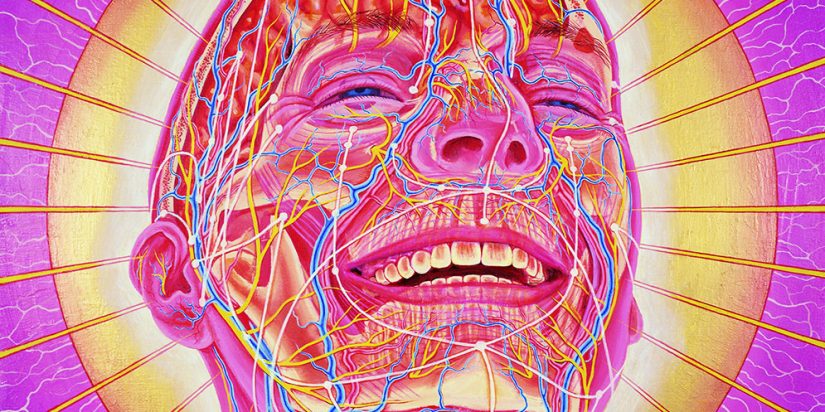Integration with Yoga Therapy & Fasting Psychedelics, Yoga Therapy & Trauma – Integration of the Shamanic Journey: After the trauma of loss I had been through when leaving Spain, as I described in part III of this blog, and the resulting deep subconscious work that I had done in the Yucatán with psychedelics, I could tell that
Leer más...
